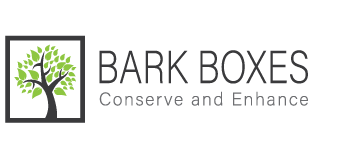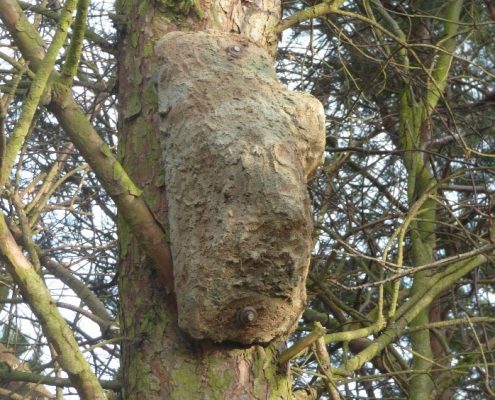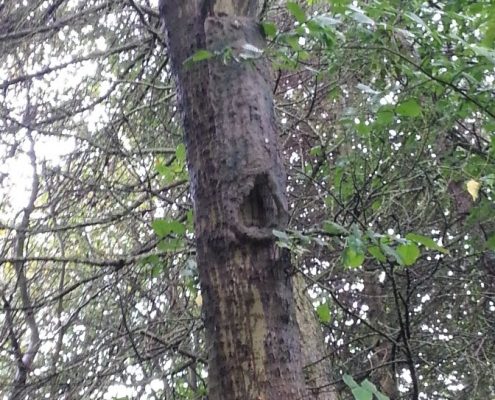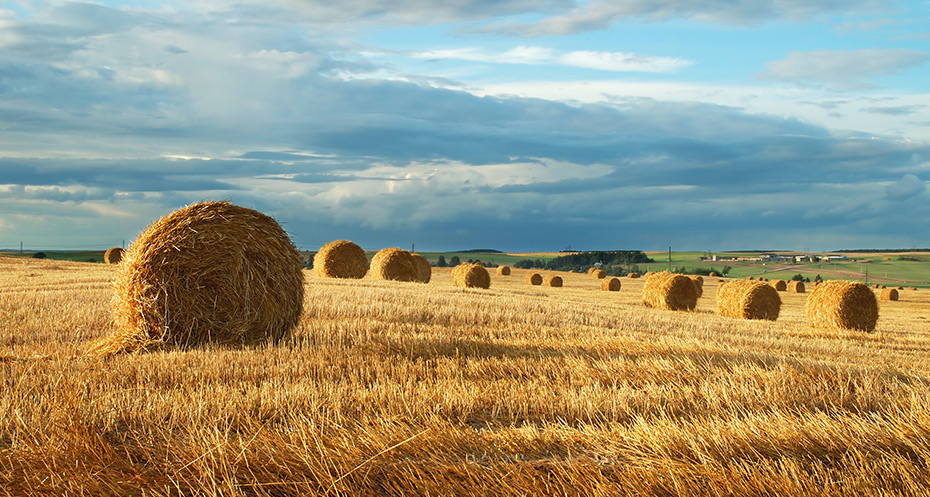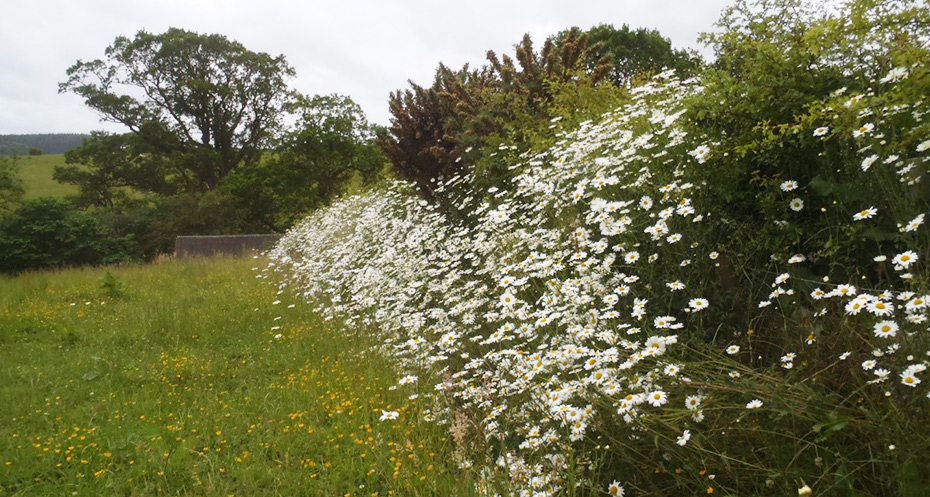In the future farming will have to sustainably deliver food, wildlife and wider environmental benefits so we are researching how this can be achieved through a number of initiatives:
Producing crops of hay and haylage from diverse grasslands our farmland bird numbers have been growing year on year, at a time when nationally the trend is inexorably downwards. Bat diversity and abundance has increased with more of the scarcer woodland bat species recorded on the land as new hedges and green lanes have become established.
We are developing what we call ‘hydro-habitat banks’. They are species-rich hedges on a vertical sided engineered bank with a scalloped ditch alongside. The soil surface area is doubled, increasing translocation, and even more water is sucked up as the trees and shrubs establish. The ditches drain slowly, capturing sediment and nutrients and slowing run-off, whilst the earth works expose low-fertility substrates encouraging species-rich grassland communities on the bank-side and woodland herbs in the shade. By managing the meadows and pastures alongside unintensively we are aiming to minimise soil compaction, increase soil carbon, and increase water holding capacity. Currently we are trialling growing fruit trees, particularly damsons, as part of the hedgerows to get additional crops from the land for us, whilst the diverse hedge plants provide herb rich forage for the sheep and horses.
Drainage is also benefiting from the construction of new ponds and reedbeds, buffering flows, improving water quality and providing water for stock. Aquatic plant colonisation was very slow, so we have developed techniques to seed small quantities of key species as plant fragments – they spread wonderfully within a couple of years.
As a result of these approaches we have otter in the streams, badger, barn owl, increasing numbers of amphibians and most of the local bat species and lots of nesting birds.
